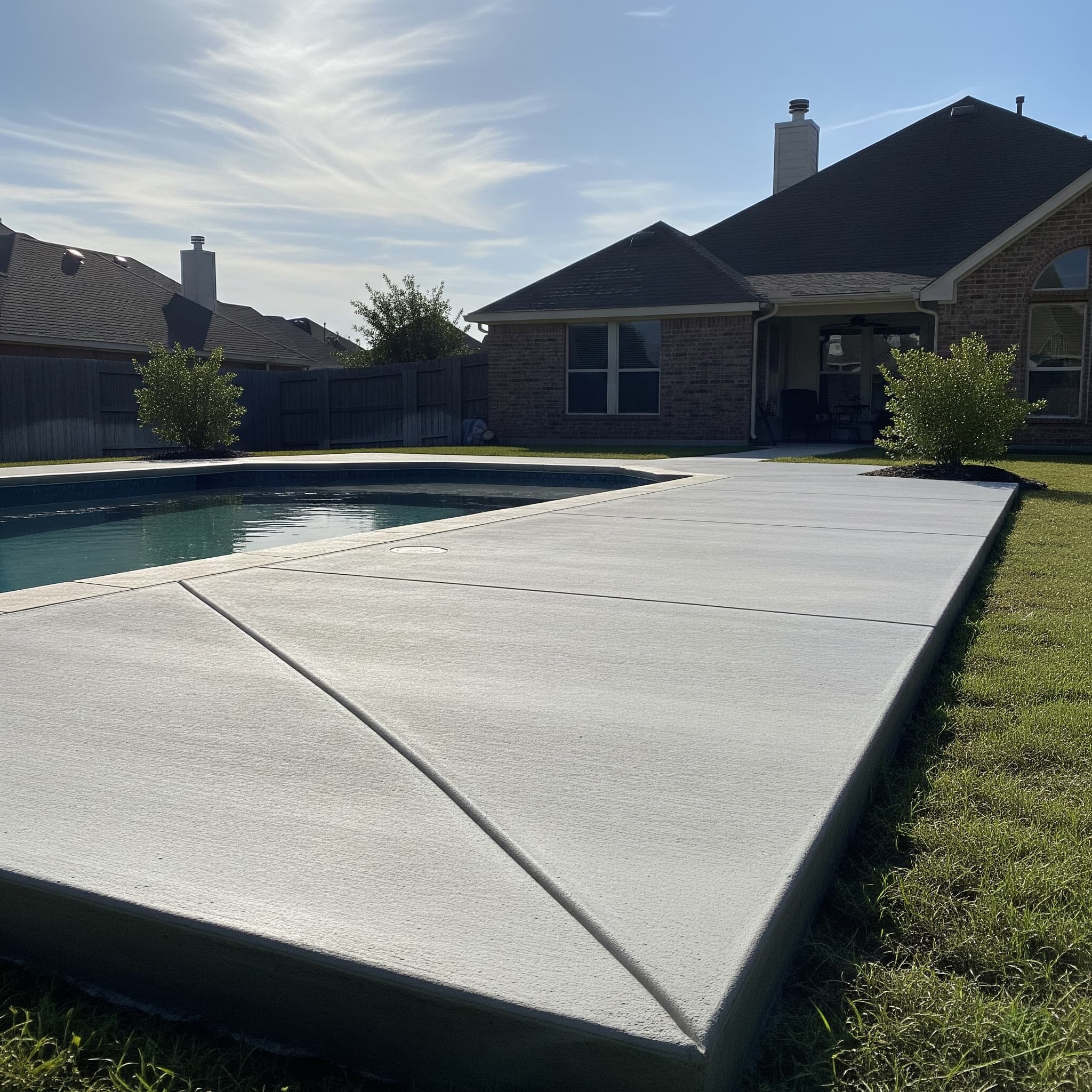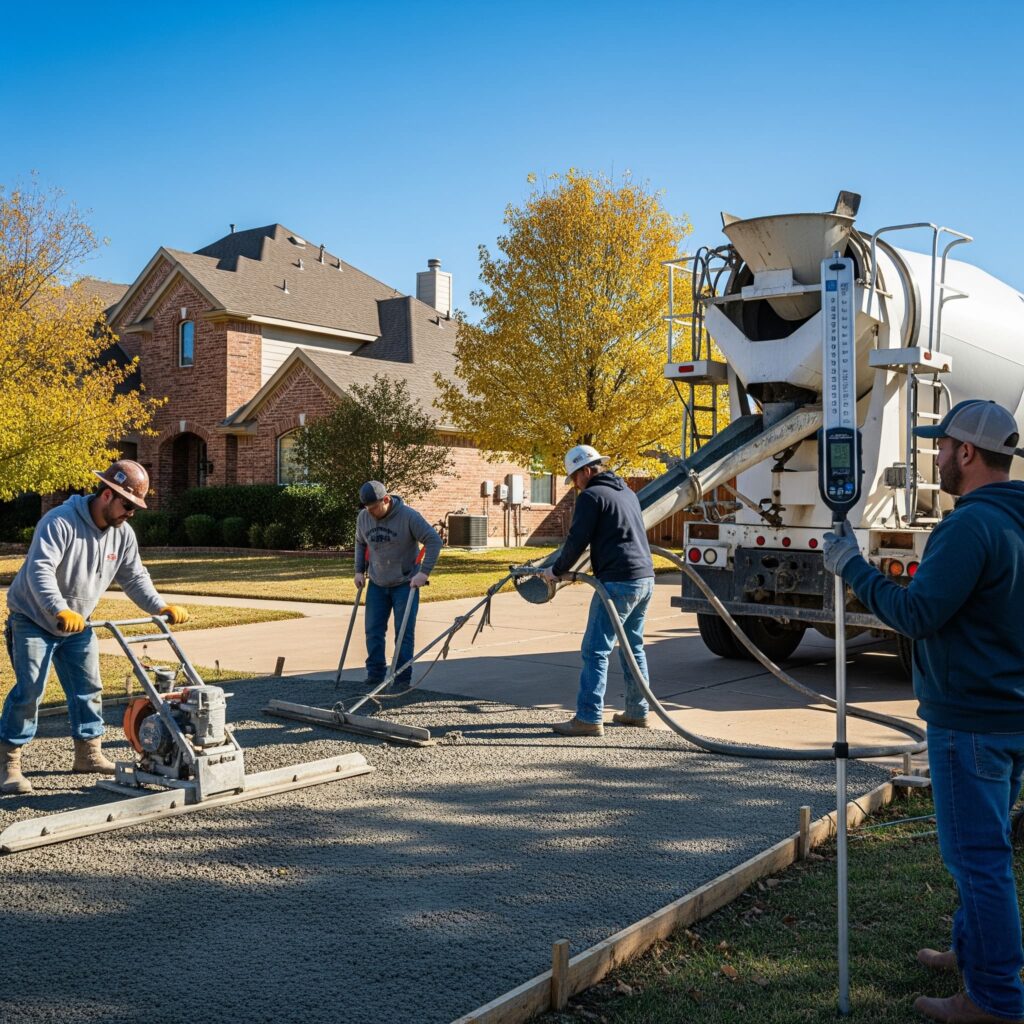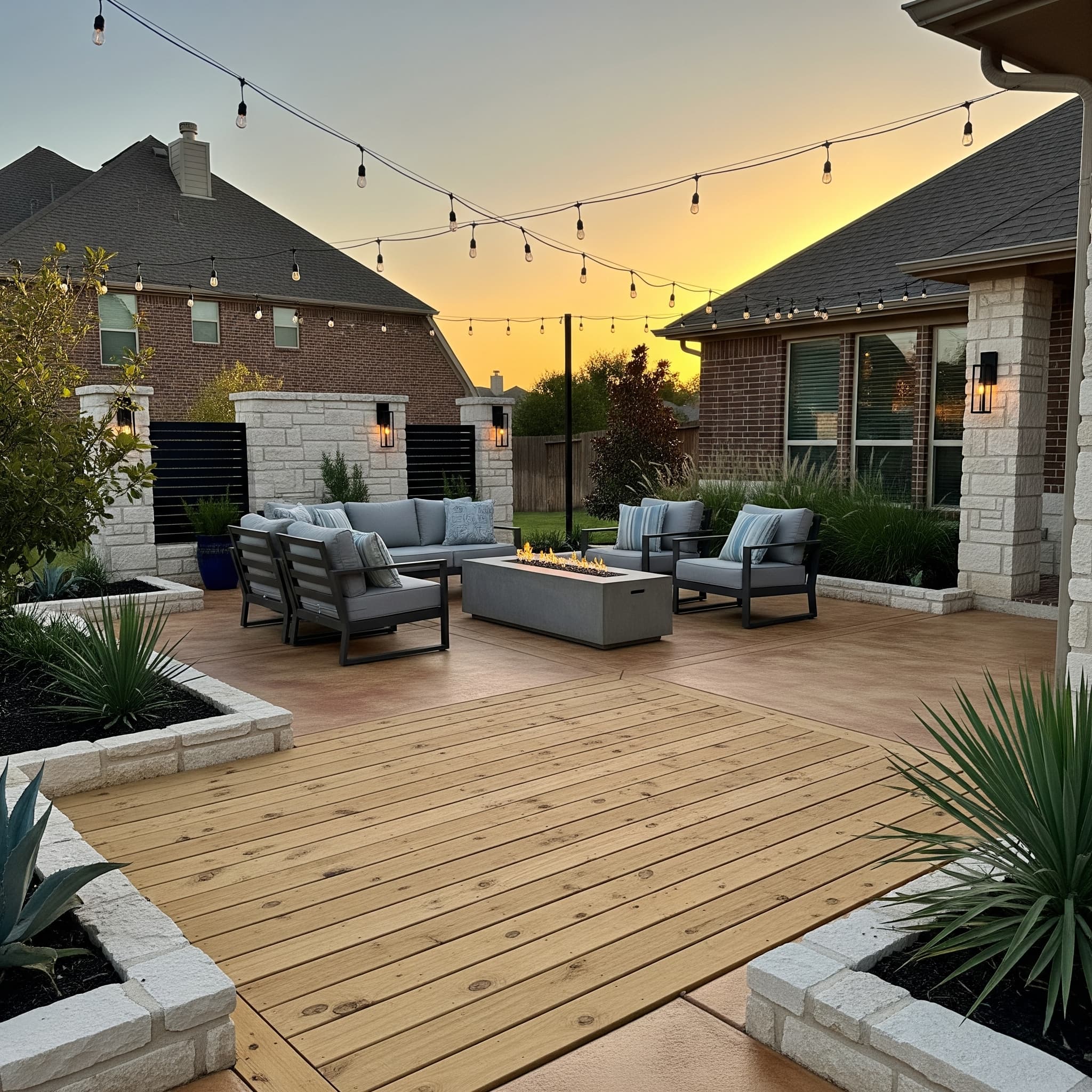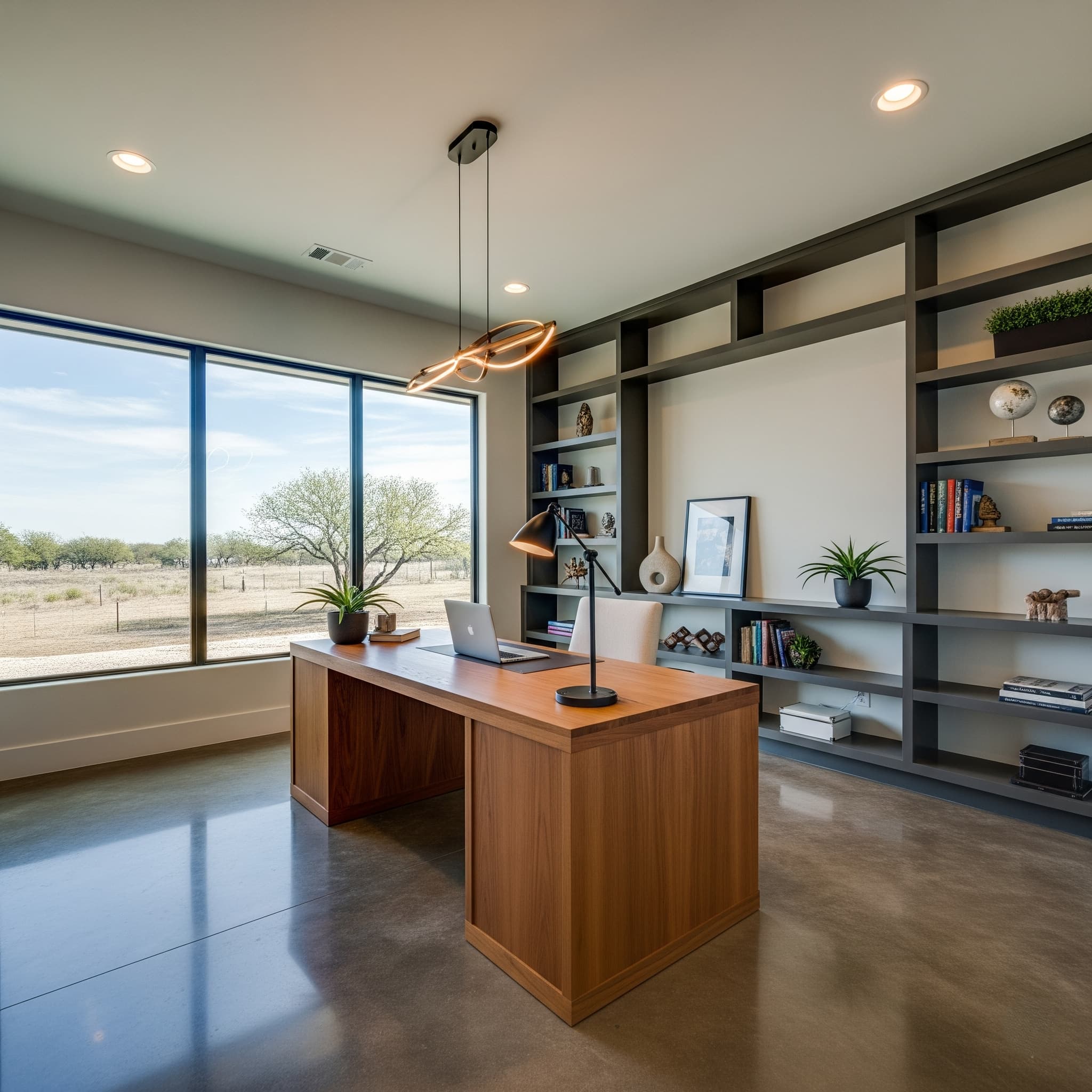Understanding Grand Prairie’s Climate Challenges
Grand Prairie experiences a humid subtropical climate with distinct seasonal temperature variations that significantly impact concrete placement. Summer months from June through September present the greatest challenges, with average high temperatures reaching 96°F in August and frequent heat indices exceeding 100°F. These extreme conditions accelerate cement hydration rates, reduce working time, and increase water evaporation from fresh concrete surfaces. Winter temperatures, while milder than northern regions, still require special precautions when they drop below 40°F. January represents the coldest month with average lows around 39°F, creating conditions where concrete curing slows dramatically and frost protection becomes necessary.
Temperature Impact on Concrete Quality
The American Concrete Institute establishes clear guidelines limiting concrete temperature to 95°F maximum during placement. Exceeding these limits leads to rapid moisture loss, shortened working time, and reduced ultimate strength. High temperatures also increase water demand to maintain workability, resulting in higher water-cement ratios that compromise durability. Conversely, cold weather below 40°F requires minimum concrete temperatures of 55-65°F at placement, depending on member thickness. Temperature maintenance during curing becomes critical to prevent freeze damage and ensure proper strength development.
Optimal Seasons for Concrete Placement
Spring and fall emerge as the premier seasons for pouring concrete in Grand Prairie, offering the most favorable temperature ranges and weather stability. March through May provides ideal conditions with average temperatures between 58°F and 82°F, moderate humidity levels, and predictable weather patterns that minimize scheduling disruptions. October through November offers similarly excellent conditions as summer heat subsides and winter cold remains distant. These months feature comfortable working temperatures, reduced wind speeds, and lower precipitation probability compared to spring months.
Spring Advantages
Spring concrete placement benefits from gradually warming temperatures that promote steady curing without extreme heat stress. Mild daytime temperatures allow extended working periods for finishing operations, while cool nights slow initial set times appropriately. However, increased rainfall during May requires careful weather monitoring and flexible scheduling.
Fall Benefits
Fall provides perhaps the most stable conditions, with consistent temperatures, minimal precipitation, and calm wind conditions. Near Joe Pool Lake and EpicCentral areas, fall placement takes advantage of reduced humidity and excellent curing conditions that maximize concrete performance.
Summer Placement Strategies
While challenging, summer concrete placement remains viable with proper precautions and techniques. Early morning starts become essential, typically beginning before sunrise to complete pours before peak afternoon temperatures. We often schedule critical placements between 5:00 AM and 10:00 AM to maintain concrete temperatures within acceptable limits. Specialized hot weather admixtures help extend working time and reduce water requirements. Set-retarding admixtures slow initial hydration, providing additional finishing time despite elevated temperatures. Cooling techniques include using chilled mixing water, shading aggregate stockpiles, and employing insulated transit mixers.
Heat Mitigation Techniques
Effective summer placement requires comprehensive heat management strategies. Continuous misting during finishing operations replaces evaporated surface moisture without adding excess water to the mix. Temporary shading structures protect fresh concrete from direct sunlight, while reflective curing compounds minimize heat absorption. Equipment scheduling becomes critical, with backup mixers available to maintain continuous placement despite potential delays. Temperature monitoring equipment ensures every truck meets specifications before discharge.
Winter Considerations
Grand Prairie’s mild winters allow year-round concrete placement with appropriate cold-weather precautions. Heated enclosures protect fresh concrete during initial curing, while insulated blankets maintain required temperatures for several days post-placement. Ground preparation includes removing frost and warming frozen subgrades before concrete placement. Accelerating admixtures reduces required protection periods by promoting early strength gain. Type III high early-strength cement provides additional insurance against cold-weather damage. However, we avoid placement when ambient temperatures drop below 20°F or when freezing conditions persist for extended periods.
Protection Strategies
Effective cold-weather protection begins with proper planning and material preparation. Heated concrete maintains optimal placement temperatures, while wind barriers prevent rapid cooling of exposed surfaces. Form insulation systems distribute heat evenly and prevent thermal shock during gradual temperature reduction.
Daily Timing Considerations
Even during optimal seasons, daily timing significantly affects concrete performance. Morning placements typically offer the most stable conditions, with lower temperatures, higher humidity, and calmer winds. Afternoon placements during hot weather risk exceeding temperature limits and accelerated moisture loss. Weather monitoring extends beyond temperature to include wind speed, humidity, and barometric pressure. High winds accelerate surface drying regardless of temperature, while low humidity increases evaporation rates dramatically. We utilize detailed hourly forecasts to select ideal placement windows.
Scheduling Flexibility
Successful concrete placement requires scheduling flexibility to accommodate rapidly changing conditions. Multiple backup dates ensure projects proceed when conditions align properly rather than forcing placements during marginal weather. This approach consistently delivers superior results compared to rigid scheduling that ignores environmental factors.
Professional Expertise Benefits
Professional
concrete contractors bring invaluable experience in weather assessment and timing optimization. Our team monitors multiple weather services, maintains historical data on local conditions, and understands the subtle indicators that predict successful placement windows. This expertise proves especially valuable during transitional seasons when conditions change rapidly. Quality control measures include continuous temperature monitoring, slump testing throughout placement, and visual assessment of curing conditions. Documentation ensures every project meets or exceeds industry standards regardless of environmental challenges. Trust
Grand Prairie Concrete Pros for expert timing and placement of your concrete projects. Our comprehensive understanding of local climate patterns and proven techniques ensures exceptional results year-round. Contact us today to schedule your consultation and discover how proper timing maximizes your concrete investment.
